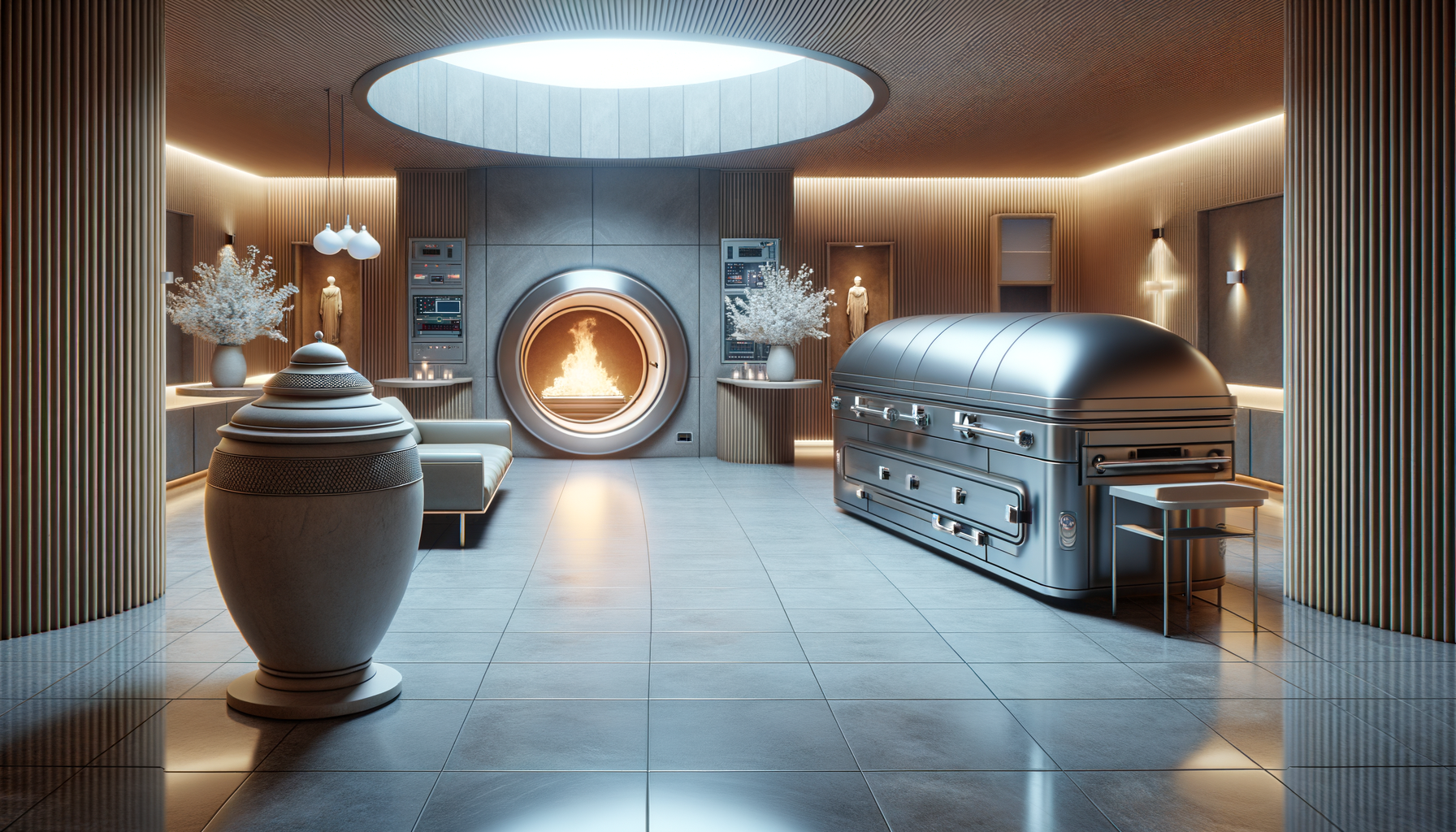Introduction to Portable Air Conditioners
In today’s fast-paced world, comfort is key, and nothing disrupts comfort like an uncomfortably warm room. Portable air conditioners offer a practical solution, providing cooling relief wherever it’s needed most. These versatile units are perfect for spaces where traditional air conditioning systems are impractical or impossible to install. Whether you’re looking to cool a bedroom, office, or any area without built-in air conditioning, portable air conditioners deliver comfort with ease.
These units are designed for flexibility. They can be moved from room to room, offering a customizable cooling experience. This mobility makes them an excellent choice for renters, small spaces, or those who prefer a non-permanent cooling solution. The convenience of portable air conditioners is matched by their efficiency, as they can quickly cool down a room, providing immediate relief from heat.
How Portable Air Conditioners Work
Understanding how portable air conditioners function can help you make an informed decision when choosing the right model for your needs. Essentially, these units work by pulling in warm air from the room, cooling it using a refrigeration cycle, and then releasing the cooled air back into the space. The warm air is expelled through a hose that is typically vented through a window or another opening.
Key components of a portable air conditioner include:
- Compressor: Compresses refrigerant to release heat.
- Evaporator: Absorbs heat from the room air.
- Condenser: Releases absorbed heat outside.
- Fan: Circulates air over the evaporator and condenser coils.
The efficiency of a portable air conditioner is often measured by its BTU (British Thermal Unit) rating, which indicates the cooling capacity. Higher BTU ratings mean more powerful cooling, making it essential to choose a model that matches the size of your space for optimal performance.
Advantages of Using Portable Air Conditioners
Portable air conditioners come with several benefits that make them an attractive option for many. One of the primary advantages is their mobility. Unlike traditional window units, portable air conditioners can be easily moved from one room to another, allowing you to cool different areas as needed without multiple installations.
Another significant advantage is the ease of installation. Most portable units come with a window kit that allows for quick setup, requiring no permanent alterations to your home. This feature is especially beneficial for renters or those living in historic buildings where installing a permanent air conditioning system might not be possible.
Additionally, portable air conditioners often come equipped with features such as dehumidifiers, air purifiers, and programmable timers, enhancing their functionality and convenience. This versatility makes them a comprehensive solution for improving indoor air quality while providing cooling comfort.
Choosing the Right Portable Air Conditioner
Selecting the right portable air conditioner involves considering several factors to ensure it meets your cooling needs effectively. The first factor to consider is the size of the room you intend to cool. Measure the square footage and choose a unit with an appropriate BTU rating to ensure efficient cooling.
Consider the energy efficiency of the unit as well. Look for models with Energy Star ratings, which indicate lower energy consumption and reduced utility bills. This is particularly important for those concerned with environmental impact and long-term cost savings.
Additional features such as remote controls, programmable timers, and multiple fan speeds can enhance the convenience and functionality of your portable air conditioner. Evaluate these options based on your lifestyle and preferences to find a model that best suits your needs.
Maintenance and Care Tips
Proper maintenance and care are crucial to ensuring the longevity and efficiency of your portable air conditioner. Regular cleaning of filters is essential, as clogged filters can reduce airflow and efficiency. Most units have washable filters, making maintenance straightforward.
It’s also important to periodically check and clean the exhaust hose to prevent blockages that can impair performance. Ensure that the hose is properly vented to avoid overheating the unit.
During the off-season, store your portable air conditioner in a dry, cool place. Cover it to protect it from dust and debris, and ensure that all components are dry before storage to prevent mold and mildew growth.
By following these maintenance tips, you can enjoy reliable and efficient cooling from your portable air conditioner for many seasons to come.




Leave a Reply